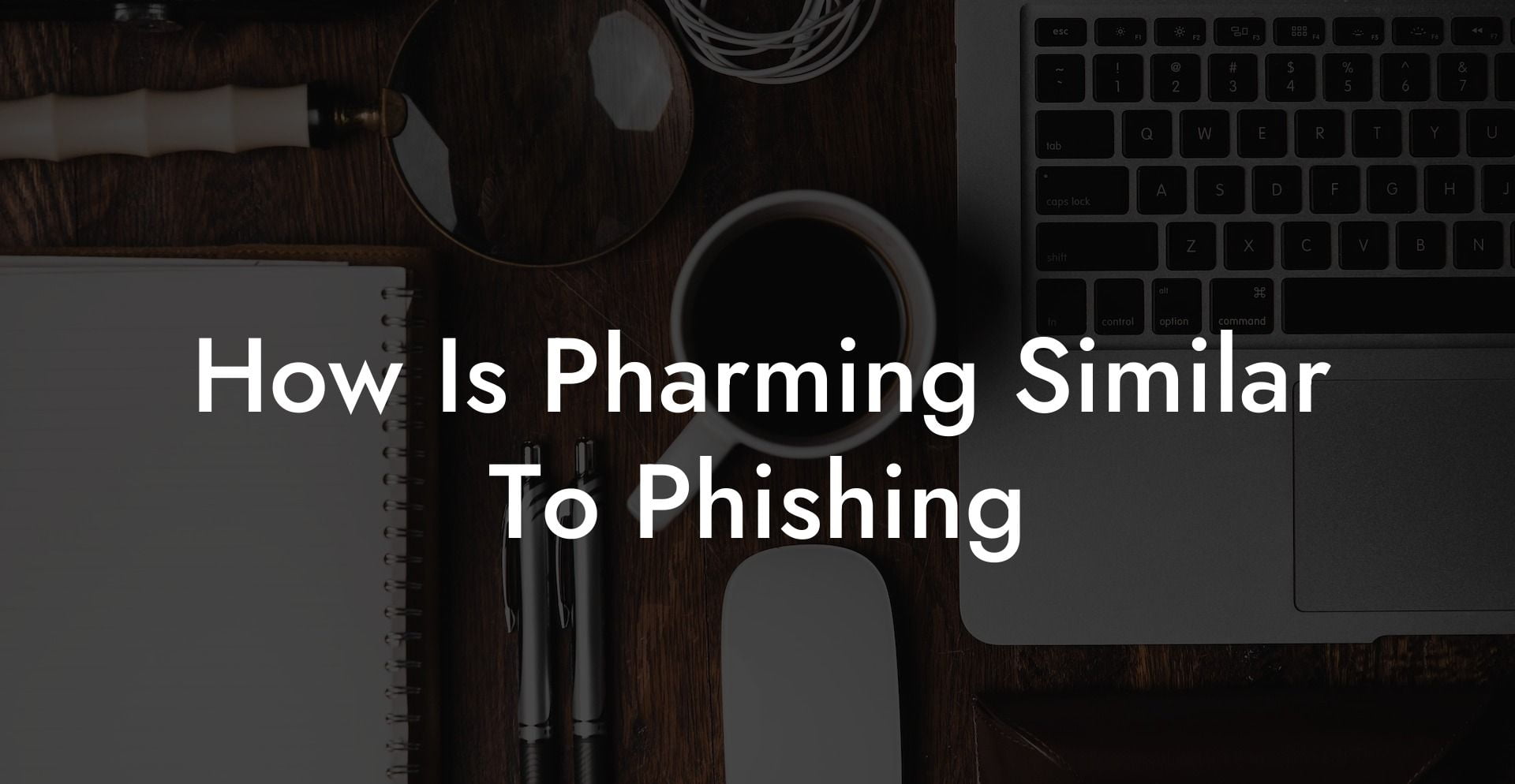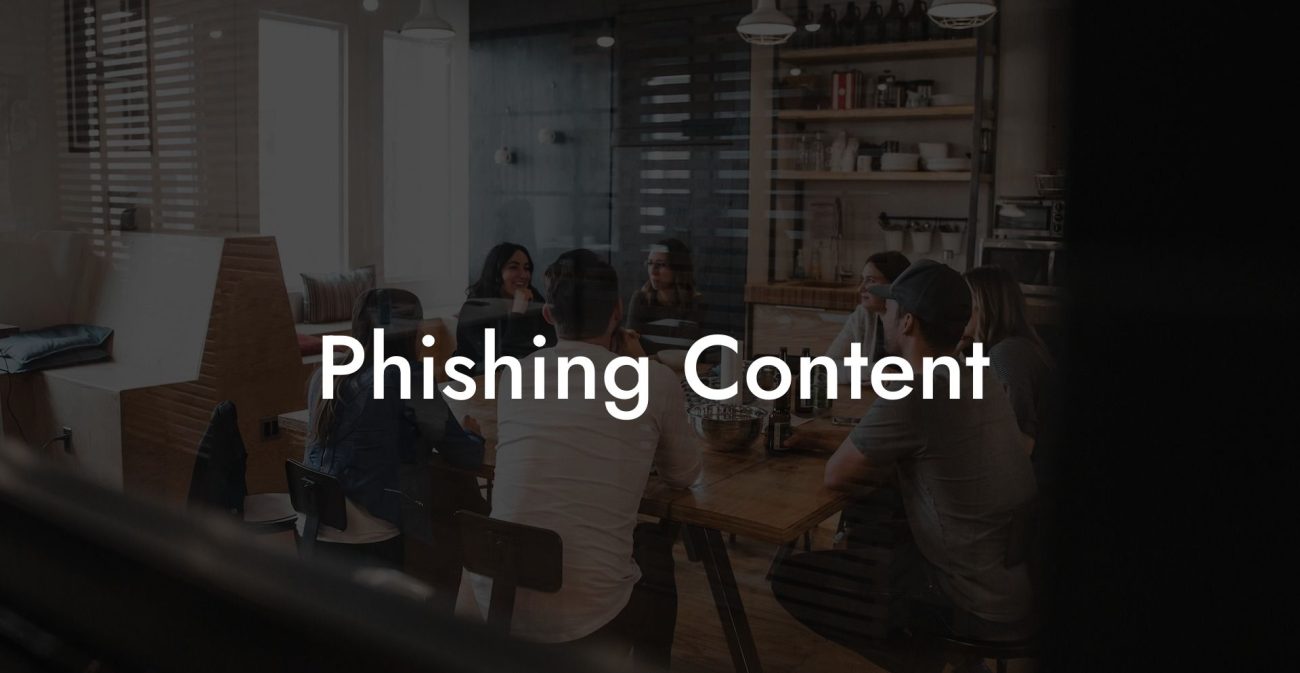In an age where we spend a significant amount of time online, cybercriminals have upped their game, posing a considerable threat to unsuspecting internet users. Among these threats, pharming and phishing have gained infamy, causing significant damage to organizations and individuals worldwide. These criminal practices employ deceptive techniques to exploit individuals, steal their sensitive information, and promote illegal activities. In this guide, you will learn about the similarities between pharming and phishing, as well as how to protect yourself from falling victim to these malicious attacks.
How Is Pharming Similar To Phishing Table of Contents
Similarities Between Pharming and Phishing
Similarities Between Pharming and Phishing
At first glance, pharming and phishing may seem unrelated, but in reality, they share a common goal: stealing sensitive information by deceiving the target. Both techniques employ different strategies to reach this goal, making them difficult to detect and counter. Let's delve deeper into each of these nefarious practices and unearth their commonalities.
Protect Your Data Today With a Secure Password Manager. Our Top Password Managers:
1. Deceptive Appearance: Both pharming and phishing attacks involve creating web pages or email messages that convincingly resemble genuine websites or communications. The attacker's primary objective is to deceive the target into believing they are interacting with a legitimate entity, usually a well-known company, organization, or service.
2. Data Theft: The ultimate objective of both pharming and phishing is to steal sensitive data, such as login credentials, credit card information, and personal details. By exploiting user trust, cybercriminals acquire the necessary information to carry out fraudulent transactions, identity theft, or sell the data to other malicious actors on the dark web.
3. Psychological Manipulation: These attacks generally prey upon their targets' emotions, attempting to instill fear, urgency, or curiosity to trick them into taking the desired action. Pharming and phishing campaigns often employ social engineering techniques, exploiting human psychology to manipulate users into handing over their information willingly.
Real-Life Examples: Pharming vs. Phishing
To better understand the differences between these tactics, let's take a look at how pharming differs from phishing in practice.
Phishing attacks often involve sending deceptive emails that closely resemble communications from reputable companies, urging the recipients to take immediate action. For instance, the attacker might impersonate a bank, warning the user that their account has been compromised and requiring them to log in via a link provided in the email. Once the user clicks the link and enters their login credentials on the fake website, the attacker captures the information and gains unauthorized access to the victim's bank account.
Pharming attacks, on the other hand, exploit vulnerabilities in the domain name system (DNS). Cybercriminals redirect users from a legitimate website to a fraudulent one by changing the DNS server configuration, effectively controlling the user's network and manipulating the destination of entered URLs. Despite its malicious nature, pharming does not require user interaction, making it more challenging to detect and avoid.
Defending Yourself Against Online Threats
Now that you know how pharming and phishing pose severe threats, it's essential to take preventive measures to ensure your online safety. Here are a few best practices to follow:
1. Always double-check the URL and sender information when reading urgent messages or visiting unfamiliar or new websites.
2. Use secure connections, installing HTTPS Everywhere or configuring a virtual private network (VPN) for added protection.
3. Avoid clicking on suspicious links or downloading unknown attachments.
4. Regularly update your devices' operating systems, antivirus, and firewalls to close any security loopholes.
5. Implement two-factor authentication (2FA) for your online accounts, adding an extra layer of security to protect your data.
Pharming and phishing are prevalent online threats that often result in severe consequences, including financial loss and compromised personal information. By understanding the similarities between these malicious techniques, you can better protect yourself and others from being targeted. Remember to share this guide to spread awareness and encourage others to adopt secure online habits, ultimately fostering a safer digital environment for everyone.
Protect Your Data Today With a Secure Password Manager. Our Top Password Managers:















